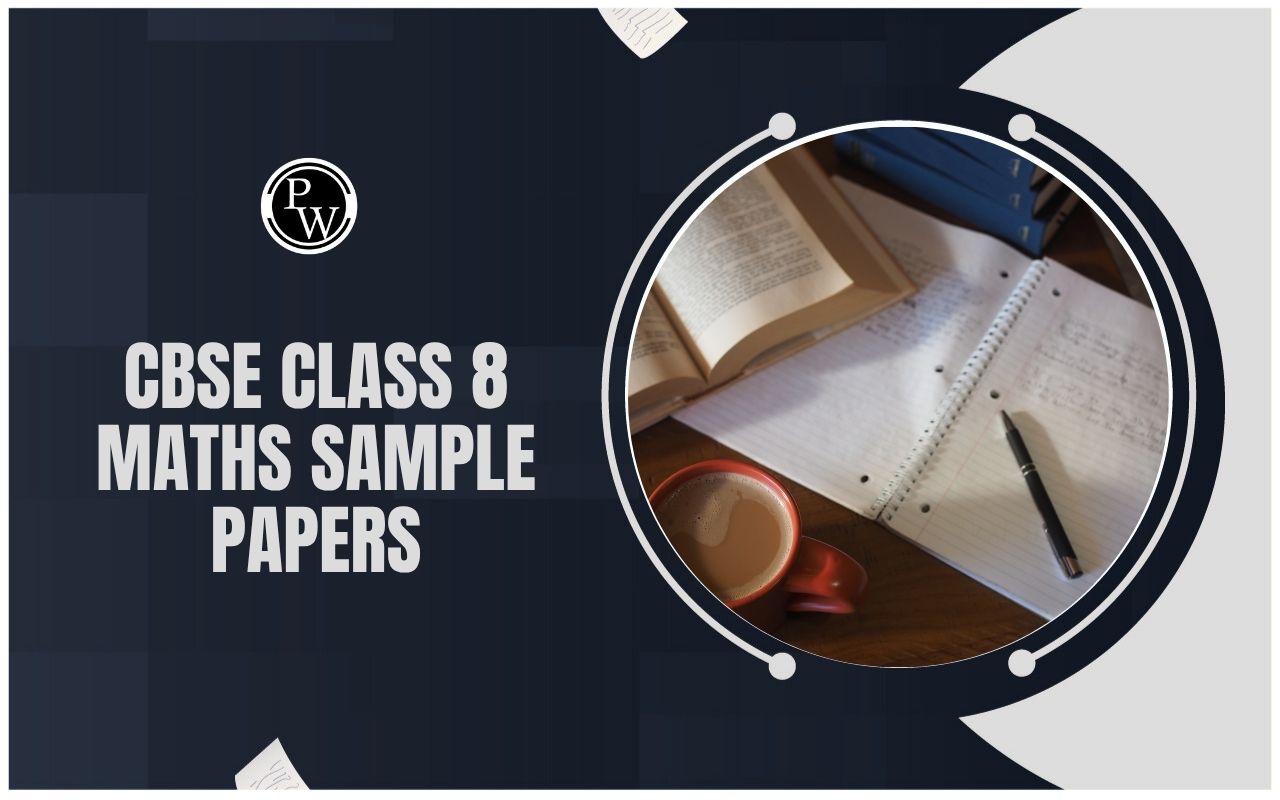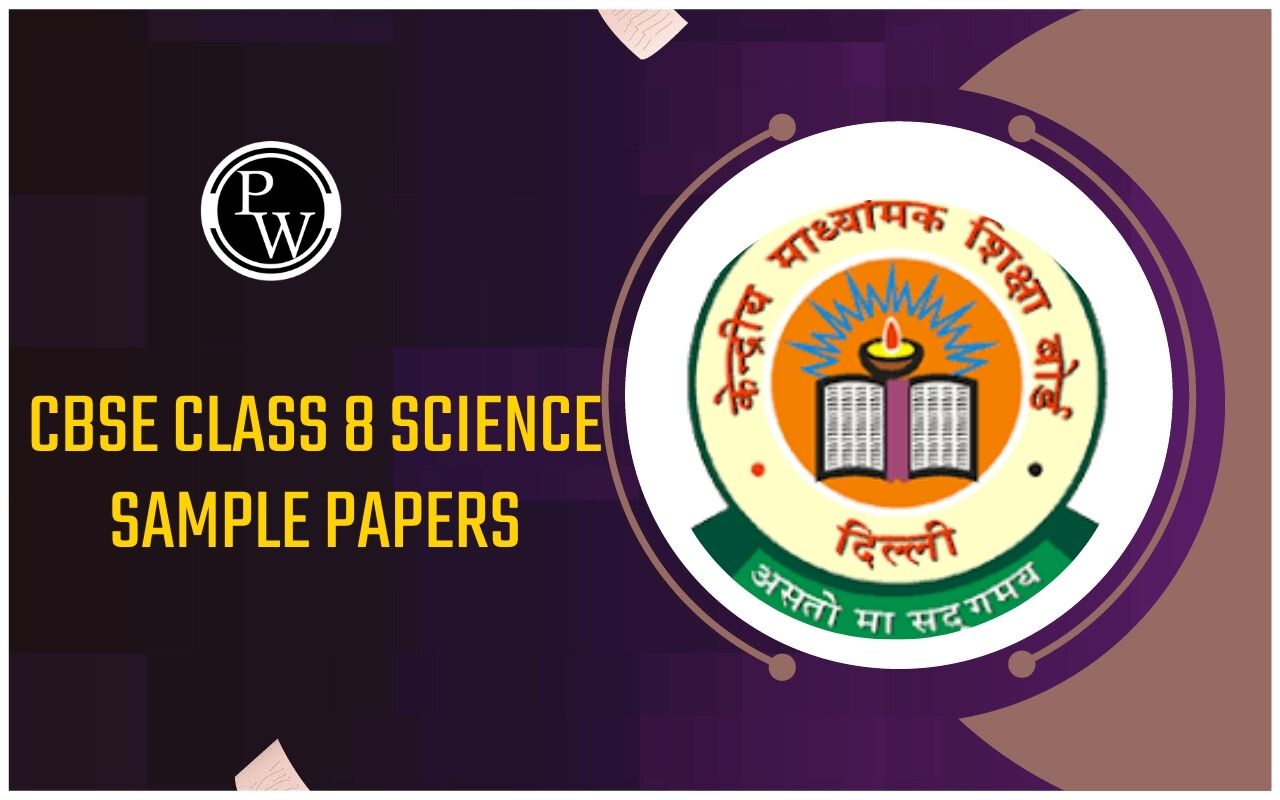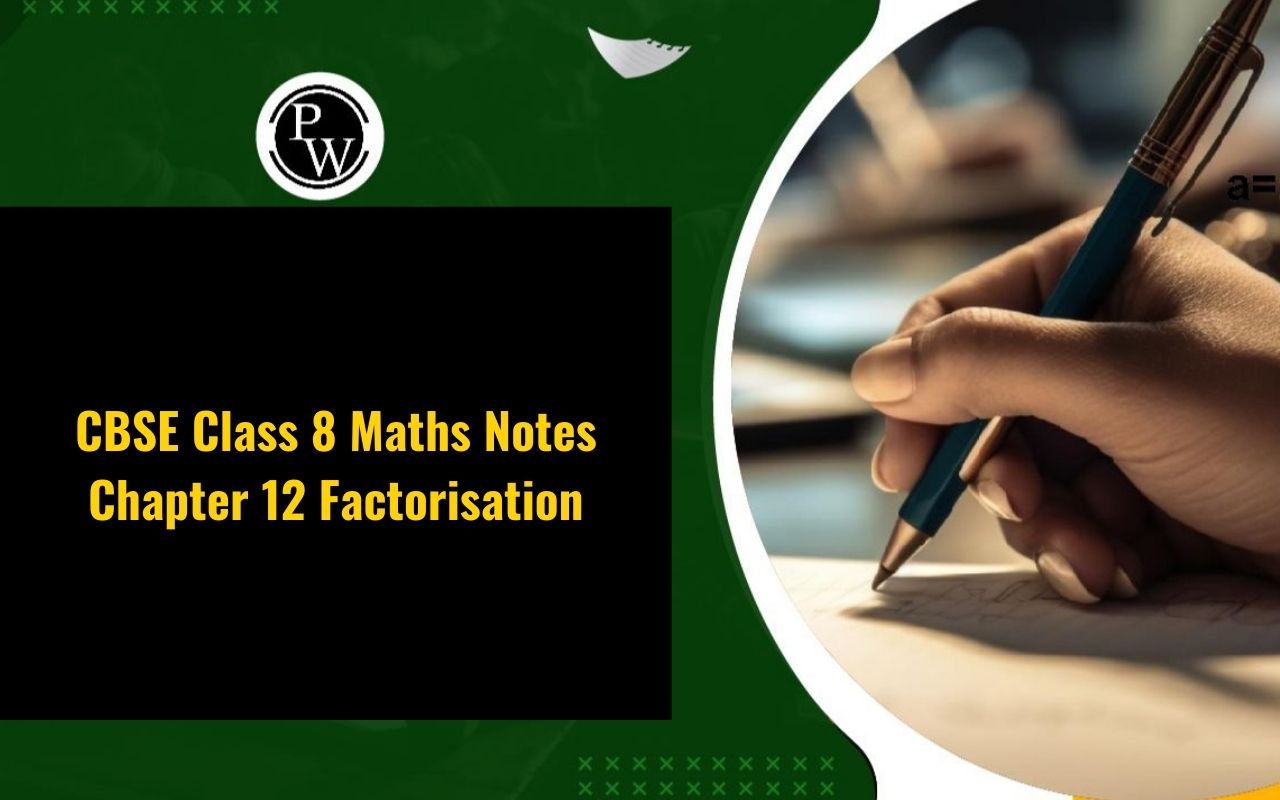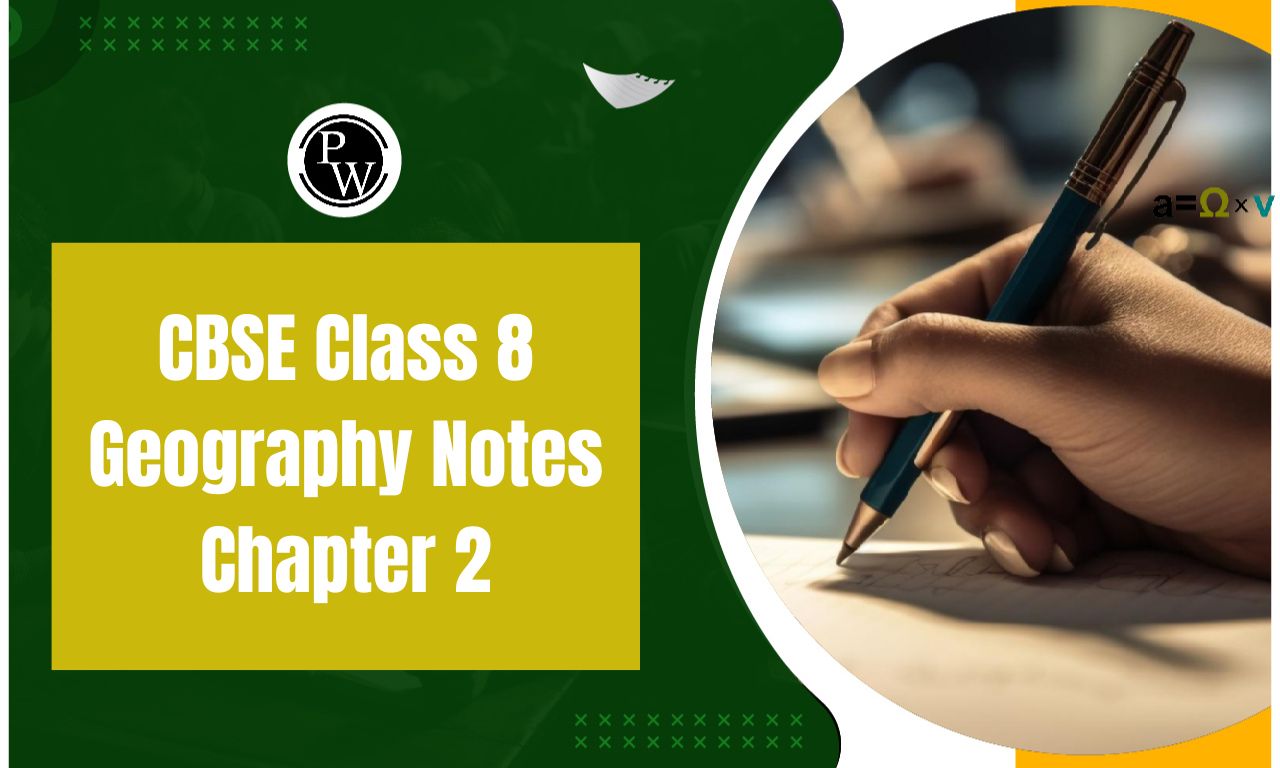
RS Aggarwal Solutions for Class 8 Maths Chapter 18 Exercise 18.1: RS Aggarwal Solutions for Class 8 Maths for Chapter 18 on "Area of a Trapezium and a Polygon" (Exercise 18.1) provide comprehensive assistance to students in mastering the concepts related to the area calculation of trapeziums and various polygons. This exercise focuses on practical problems where students learn to apply the formulae for finding areas based on given dimensions.
The solutions are designed to offer step-by-step guidance, helping students understand the method of calculating areas effectively and building their problem-solving skills. By working through these solutions students can gain confidence in tackling similar problems in exams.RS Aggarwal Solutions for Class 8 Maths Chapter 18 Exercise 18.1 Area Of A Trapezium And A Polygon Overview
RS Aggarwal Solutions for Class 8 Maths Chapter 18 Exercise 18.1, on Area of a Trapezium and a Polygon is prepared by subject experts from Physics Wallah. This exercise provides a thorough understanding of how to calculate the areas of trapeziums and various polygons. By following these expert-prepared solutions, students can efficiently solve exercise problems and build a solid foundation in geometry.RS Aggarwal Solutions for Class 8 Maths Chapter 18 Exercise 18.1 PDF
The PDF link for RS Aggarwal Solutions for Class 8 Maths Chapter 18 Exercise 18.1 is available below. By referring to this PDF students can enhance their understanding and improve their problem-solving skills in geometry.RS Aggarwal Solutions for Class 8 Maths Chapter 18 Exercise 18.1 PDF
RS Aggarwal Solutions for Class 8 Maths Chapter 18 Exercise 18.1 (Ex 18A)
Below we have provided RS Aggarwal Solutions for Class 8 Maths Chapter 18 Exercise 18.1 Area Of A Trapezium And A Polygon-(Question 1) Find the area of a trapezium whose parallel sides are 24 cm and 20 cm and the distance between them is 15 cm.

(Question 2) Find the area of a trapezium whose parallel sides are 38.7 cm and 22.3 cm, and the distance between them is 16 cm.

(Question 3) The shape of the top surface of a table is trapezium. Its parallel sides are 1 m and 1.4 m and the perpendicular distance between them is 0.9 m. Find its area.

(Question 4) The area of a trapezium is 1080 cm 2 . If the lengths of its parallel sides be 55 cm and 35 cm, find the distance between them.

(Question 5) A field is in the form of a trapezium. Its area is 1586 m 2 and the distance between its parallel sides is 26 m. If one of the parallel sides is 84 m, find the other.
Solution: Let the length of the other parallel side be x m. Therefore, the length of the other parallel sides is 38 m.
Therefore, the length of the other parallel sides is 38 m.
(Question 6) The area of a trapezium is 405 cm 2 . Its parallel sides are in the ratio 4 : 5 and the distance between them is 18 cm. Find the length of each of the parallel sides.
Solution: Let the length of the sides be 4x and 5x cm. Therefore the length of the sides are 20 cm and 25 cm.
Therefore the length of the sides are 20 cm and 25 cm.
(Question 7) The area of a trapezium is 180 cm 2 and its height is 9 cm. If one of the parallel sides is longer that the other by 6 cm, find the two parallel sides.
Solution: Let the lengths of the parallel sides be x cm and (x + 6) cm. Therefore lengths of the parallel sides are 17 cm and (17 + 6) = 23 cm.
Therefore lengths of the parallel sides are 17 cm and (17 + 6) = 23 cm.
(Question 8) In a trapezium – shaped field, one of the parallel sides is twice the other. If the area of the field is 9450 m 2 and the perpendicular distance between the two parallel sides is 84 m, find the length of the longer of the parallel sides.
Solution: Let the lengths of the parallel sides be x m and 2x m. Therefore lengths of the parallel sides are 75 m and (75 × 2) = 150 m.
Therefore lengths of the parallel sides are 75 m and (75 × 2) = 150 m.
(Question 9) The length of the fence of a trapezium – shaped field ABCD is 130 m and side AB is perpendicular to each of the parallel sides AD and BC. If BC = 54 m, CD = 19 m and AD = 42 m, find the area of the field.
Solution: Length of the side = [130 – (54 + 19 + 42)] = 15 m ∴ Area of the trap. – shaped field,
(Question 10) In the given figure, ABCD is a trapezium in which AD ∥ BC, ∠ ABC = 90 o , AD = 16 cm, AC = 41 cm and BC = 40 cm. Find the area of the trapezium.
Solution: From the right, ∆ ABC, ∴ AB 2 = (AC 2 – BC 2 ) ⇒ AB 2 = (41) 2 – (40) 2 ⇒ AB 2 = (1681 – 1600) = 81
(Question 11) The parallel sides of a trapezium are 20 cm and 10 cm. Its nonparallel sides are both equal, each being 13 cm. Find the area of the trapezium.
Solution: Let ABCD be the given trapezium in which AB ∥ DC, AB = 20 cm, DC = 10 cm AD = BC = 13 cm. Draw CL ⊥ AB and CM ∥ DA, meeting AB at L and M respectively. Clearly, AMCD is a ∥ gm. ∴ AM = DC = 10 cm MB = (AB – AM) = (20 – 10) = 10 cm Now, CM = DA = 13 cm and CB = 13 cm. ∴ ∆CMB is an isosceles triangle and CL ⊥ MB. ⇒ L is the midpoint of MB.
(Question 12) The parallel sides of a trapezium are 25 cm and 11 cm. While its nonparallel sides are 15 cm and 13 cm. Find the area of the trapezium.
Solution: Let ABCD be the given trapezium in which AB ∥ DC, AB = 25 cm, DC = 11 cm, AD = 15 cm and BC = 13 cm. Draw CL ⊥ AB and CM ∥ DA, meeting AB at L and M respectively. Clearly, AMCD is a ∥ gm. ∴ AM = DC = 11 cm. MB = (AB – AM) = (25 – 11) = 14 cm From ∆CMB, we have: CM = 13 cm MB = 14 cm BC = 15 cm
Benefits of RS Aggarwal Solutions for Class 8 Maths Chapter 18 Exercise 18.1
RS Aggarwal Solutions for Class 8 Maths Chapter 18 Exercise 18.1 FAQs
How can the area of an irregular polygon be calculated?
How do you find the area of a polygon if only side lengths are known?
What is the importance of the height in the area of a trapezium?
Can the area of a polygon be calculated if it is irregular?









